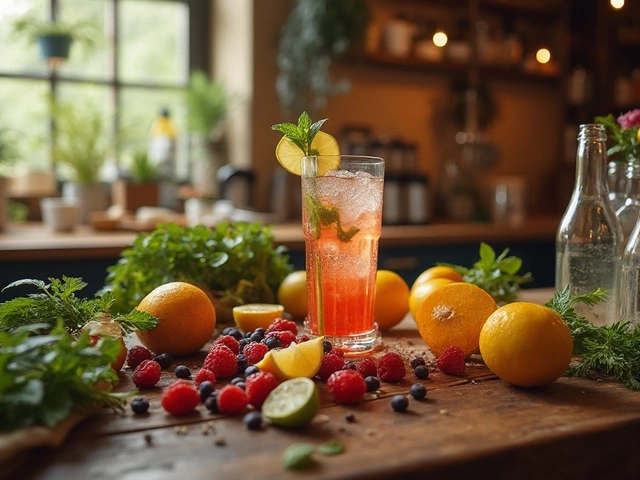Tea Taster Essentials: How to Taste, Pair, and Host Like a Pro
If you’ve ever wondered why some people talk about tea like it’s a fine wine, you’re in the right place. Tea tasting isn’t just sipping a hot drink – it’s about noticing flavor, aroma, and texture, then matching the right bites to make the experience unforgettable.
How to Taste Tea Like a Pro
Start with a clean palate. Avoid strong coffee or sugary foods for at least 30 minutes before you begin. Use a transparent cup so you can see the color; it often hints at strength and oxidation level. When you smell the tea, take a slow, deep sniff. Ask yourself: is it floral, earthy, or more like dried fruit? Next, sip a small mouthful, let it roll over every part of your tongue, and note the first impression, the body, and the finish. Do you feel astringency, a smooth melt, or a lingering after‑taste? Write down these notes – a simple notebook works fine.
Temperature matters. Green teas shine at 70‑80°C, while black teas need near‑boiling water. If the water is too hot, you’ll get bitterness; too cool, and the flavors stay hidden. Experiment with steeping time too – a minute for delicate greens, three to five minutes for robust blacks. Adjust until the flavor hits the sweet spot you enjoy.
Food Pairings & Set‑up Tips
Good pairings turn a tea tasting into a mini‑feast. Light, creamy cheeses like Brie work well with buttery oolongs, while sharp cheddar balances the boldness of a smoky Assam. Sweet pastries – think shortbread or honey‑glazed scones – complement floral white teas and bring out subtle honey notes.
When you’re planning a tea tasting session, think of the layout. Place the teas in order from lightest to strongest, just like a wine tasting. Offer filtered water for palate cleansing between sips. Include a small plate of plain crackers; they reset your taste buds without adding competing flavors.
Don’t forget the conversation. Share a quick story about where each tea comes from – a garden in Darjeeling, a cliff‑side estate in Japan, or a rooftop farm in Taiwan. Those anecdotes make the tasting memorable and give newcomers a reason to explore beyond the cup.
Finally, stay curious. Try a new tea each month, keep a running log of your likes and dislikes, and don’t be afraid to mix and match foods you wouldn’t normally think of. Whether you’re hosting friends or enjoying a solo session, the goal is simple: notice, enjoy, and share the love of tea.
Tea tasting isn’t just sniffing and sipping fancy brews for fun—it’s a real, specialized job that shapes the entire tea industry. From judging flavor to ensuring quality, tea tasters have a huge impact on what ends up in your cup. This article breaks down what tea tasting involves, the skills needed, and how someone actually becomes a professional taster. You’ll get practical tips and a look into what daily life looks like in this field. If you’ve ever wondered who decides which teas make the cut, read on.
View Details

